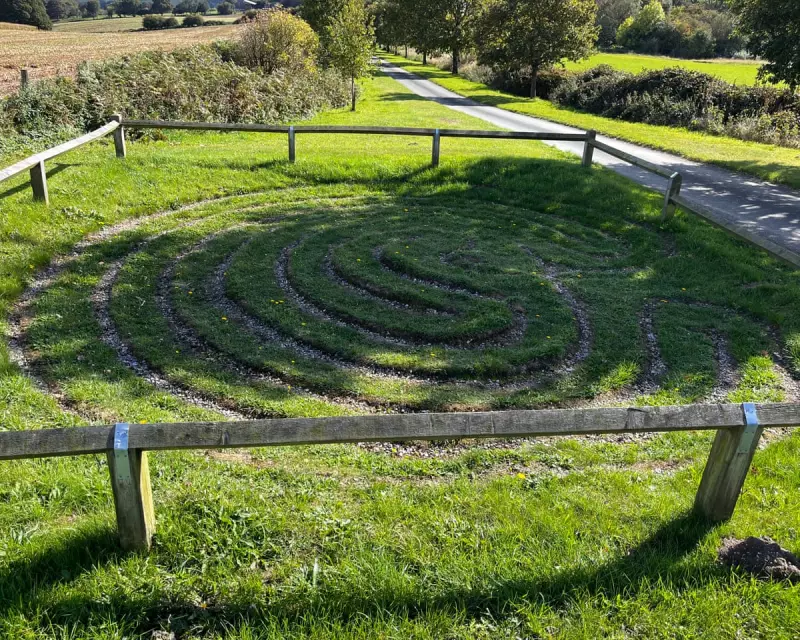
In an extraordinary twist of fate, what appeared to be an ordinary garden feature in a Cumbrian property has been revealed as a genuine piece of medieval history. The seemingly simple circular pattern, long mistaken for a modern decorative element, has been identified by archaeologists as a rare turf maze dating back centuries.
The Accidental Discovery
The maze's true nature came to light when the current property owner decided to investigate the peculiar circular formation that had always been part of their garden landscape. "It was just there—something we walked past every day without a second thought," the homeowner explained. "We assumed it was a recent addition by previous owners, perhaps a quirky garden feature."
A Window to Medieval Spirituality
Turf mazes like this one were once common across the British countryside, serving as tools for spiritual contemplation and meditation. Unlike the puzzle mazes we know today, these ancient designs were unicursal—featuring a single, winding path to the centre.
"Walking these paths was a form of moving meditation," explains Dr Eleanor Vance, a medieval historian specialising in rural traditions. "People would walk the circuits slowly, using the journey as a means of spiritual reflection. It was a physical prayer, each step bringing them closer to enlightenment."
The Preservation Miracle
What makes this discovery particularly remarkable is the maze's survival. Most turf mazes were lost to agricultural changes, urban development, or simply grew over through neglect. This Cumbrian example survived precisely because its true nature was forgotten.
"Its obscurity became its salvation," notes Dr Vance. "Being mistaken for a modern garden feature protected it from being deliberately removed or 'improved' out of existence."
A Living Connection to the Past
The maze now offers researchers a rare opportunity to study these forgotten spiritual practices firsthand. Local heritage groups are working with the property owner to preserve the feature while allowing limited access for study and educational purposes.
For the discoverer, the maze has transformed their relationship with the landscape. "Knowing that generations of people have walked this same path, seeking peace and contemplation, makes this place feel sacred. It's humbling to be the temporary guardian of something so ancient and meaningful."
This unexpected discovery serves as a powerful reminder that history often lies hidden in plain sight, waiting for the right moment to reveal its secrets to those willing to look more closely at the world around them.





